Services
We offer a variety of high-end services.

Scroll Down

Scroll Down


Qualitative Research
Qualitative research relies on data obtained by the researcher from first-hand observation, interviews, questionnaires, focus groups, participant-observation, recordings made in natural settings, documents, and artifacts. The data are generally nonnumerical. This method is not only about “what” people think but also “why,” they think so. Qualitative research is based on the disciplines of social sciences like psychology, sociology, and anthropology. Therefore, the qualitative research methods allow for in-depth and further probing and questioning of respondents based on their responses, where the interviewer/researcher also tries to understand their motivation and feelings. Understanding how your audience takes decisions can help derive conclusions in market research.
Research Methods We Follow

In-Depth Interviews
An IDI is a conversation led by a market research interviewer with another individual. Typically, these conversations last between 20 to 30 minutes
In-Depth Interviews
An IDI is a conversation led by a market research interviewer with another individual. Typically, these conversations last between 20 to 30 minutes and are done over the phone or in person. IDIs are great for exploring new concepts like products/services, the reasoning behind decision-making, and more. An in-depth interview is a loosely structured interview. It allows freedom for both the interviewer and the interviewee to explore additional points and change direction, if necessary.

Focussed Group Discussions
Focused Group Discussions are one of the most effective and popular market research methods available. Used to gather qualitative data and in-depth insights, they enable
Focussed Group Discussions
Focused Group Discussions are one of the most effective and popular market research methods available. Used to gather qualitative data and in-depth insights, they enable researchers to collect information on anything from products and services to beliefs and perceptions in order to reveal true customer attitudes and opinions. The group might look at new products, feature updates, or other topics of interest to generalize the entire population’s reaction. Focus group research includes a moderator. Their job is to ensure legitimate results and reduce bias in the discussions.

Ethnographies
Ethnographic market research is the term used to describe the form of systematic market research, whereby researchers observe participants
Ethnographies
Ethnographic market research is the term used to describe the form of systematic market research, whereby researchers observe participants using a product or service, in their own environment. Using this method can provide beneficial insights into how consumers use a product or service and a platform to identify gaps in the market, to make way for breakthrough revolutions. It leverages observation to paint a broader picture of participants and their lives. Ethnographic research is often employed by market researchers, who would be required to visit people in their homes and offices to gain an insight into how a new product will integrate into their lives, in a non-direct way.
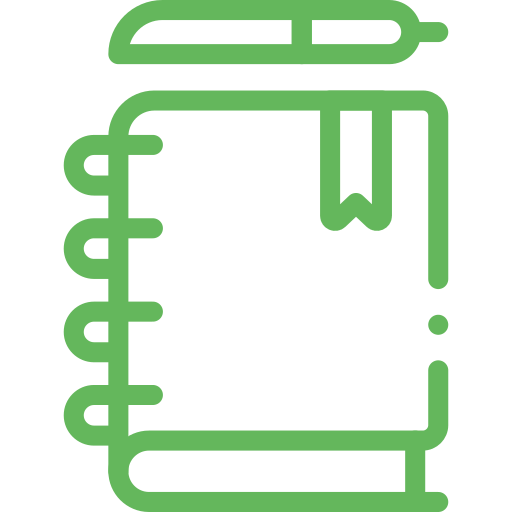
Diary Panel
Diary panel market research is a qualitative research method whereby a selection of respondents will be asked to keep a record of their experiences
Diary Panel
Diary panel market research is a qualitative research method whereby a selection of respondents will be asked to keep a record of their experiences or observations over a particular period of time. A new approach to this method is to use mobile phones as a diary to record people’s experiences and observations this is very efficient in assessing respondents’ impressions. Oftentimes, respondents are asked to complete a pre and post-survey to measure changes before and after completing the diary fieldwork.

Mystery Shopping
Mystery shopping is a type of market research that uses a secret shopper to act as a true customer to evaluate the customer experience in-person, over the phone,
Mystery Shopping
Mystery shopping is a type of market research that uses a secret shopper to act as a true customer to evaluate the customer experience in-person, over the phone, or online. It is a form of primary market research that uses quantitative techniques as the mystery shopper usually has to fill out a form rating his experience. Also, this method is used for accessing services only and is not applicable to products.
Quantitative Research
Quantitative Research is a research strategy that focuses on quantifying the collection and analysis of data. Quantitative research collects information from existing and potential customers using sampling methods and sending out online surveys, online polls, questionnaires, etc., the results of which can be depicted in the form of numerical. It can be used to find patterns and averages, make predictions, test causal relationships, and generalize results to wider populations. It is also used to generalise the results of a particular study to the population in consideration. Researchers sample a large number of users to indirectly obtain measurable, bias-free data about users in relevant situations.

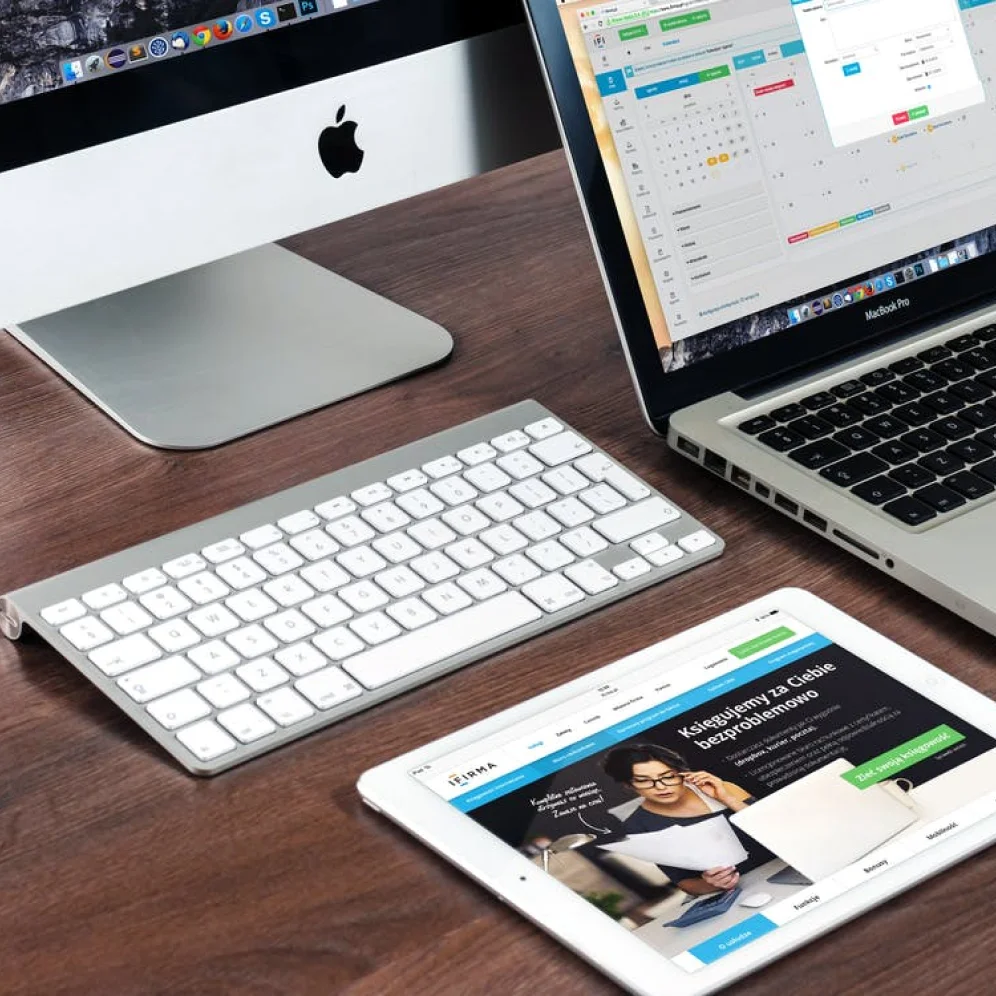
Research Methods We Follow
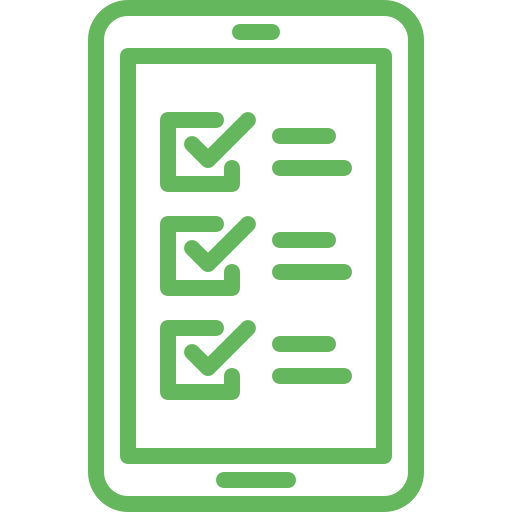
Online Surveys
The online survey is a very popular quantitative data collection method. The main objective of online surveys is to gather information and feedback from consumers.
Online Surveys
The online survey is a very popular quantitative data collection method. The main objective of online surveys is to gather information and feedback from consumers. Online surveys help organizations in many ways and most importantly help them in making better products and making better decisions. It is a very cost-effective and quick way of obtaining data. In online surveys, one simply needs to register on a website and fill out the consumer survey form posted there. It is a very simple task. Growing internet penetration, rising social media, and even the COVID-19 pandemic have all pushed online surveys to new levels.

UX Research
UX Research is a qualitative market research technique in which participants evaluate a website, application, product, or prototype to test its ease and likelihood of use.
UX Research
UX Research is a qualitative market research technique in which participants evaluate a website, application, product, or prototype to test its ease and likelihood of use. Its technique that involves direct observation and interviewing people using a product in order to evaluate whether it can be used for its intended purpose. A usability test begins with marketers and researchers recruiting a group of people who represent a product’s target market. Then, a facilitator leads the group through a series of hands-on tasks under controlled conditions while a researcher observes and takes notes. The researcher asks questions, notes where problems or frustrations arise and takes stock of how the user experiences the product.
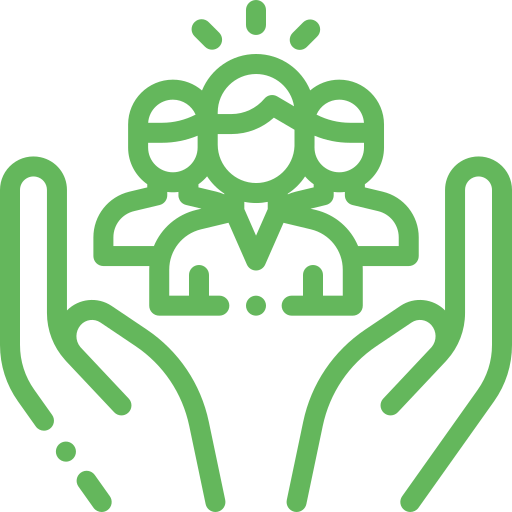
Community Surveys
Community surveys are a form of quantitative research where feedback is commonly collected from a general population. A general population means all are eligible
Community Surveys
Community surveys are a form of quantitative research where feedback is commonly collected from a general population. A general population means all are eligible to take the survey if they reside or are a part of the community. A community survey is a method of collecting data from a filtered target audience to help you understand an issue particular to them. In a community survey, the researcher selects representatives from the target audience as survey participants. These people provide in-depth information about the needs and experiences of the community throughout the research.

Computer Assisted Telephonic Interview
CATI means that the interviewer conducting the survey over the phone follows a scripton the computer while clicking responses and typing open-ended comments from
Computer Assisted Telephonic Interview (CATI)
CATI means that the interviewer conducting the survey over the phone follows a scripton the computer while clicking responses and typing open-ended comments from the respondent into the program. Having a survey programmed into CATI allows the telephone interviewer to focus on quality responses and in-depth probing rather than worrying about the sequence of questions and responses. The advantage of CATI is that the respondent is automatically routed through the questionnaire based on their answers – removing the potential for human error and the possibility that incorrect questions may be asked.
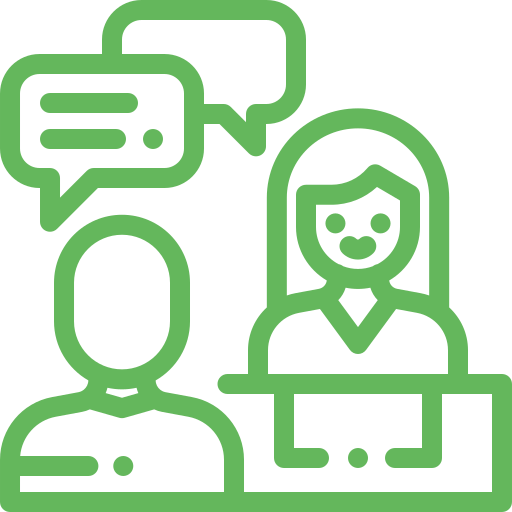
Computer-Assisted Web Interview
CAWI is another name for online surveys or interviews, which are surveys administered through a web browser or mobile application. CAWI allows for the display of images,
Computer-Assisted Web Interview (CAWI)
CAWI is another name for online surveys or interviews, which are surveys administered through a web browser or mobile application. CAWI allows for the display of images, videos, sounds and even other web pages as visual aids to ensure the respondent understands the product or service they are being asked about. The program is made in such a way that the flow of the questions is based on the answers provided, and on the information known about the participant.
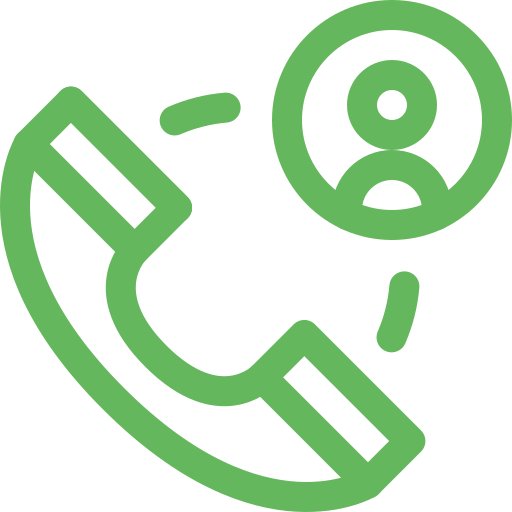
Web-Assisted Telephonic Interview
WATI is a mixed-mode interview technique where the respondent can follow a telephone questionnaire online under the control of the telephone interviewer, allowing
Web-Assisted Telephonic Interview (WATI)
WATI is a mixed-mode interview technique where the respondent can follow a telephone questionnaire online under the control of the telephone interviewer, allowing personalised prompt material to be shown in step with the question flow. It is very effective for international business-to-business market research to show test materials to difficult to reach audiences for projects.
